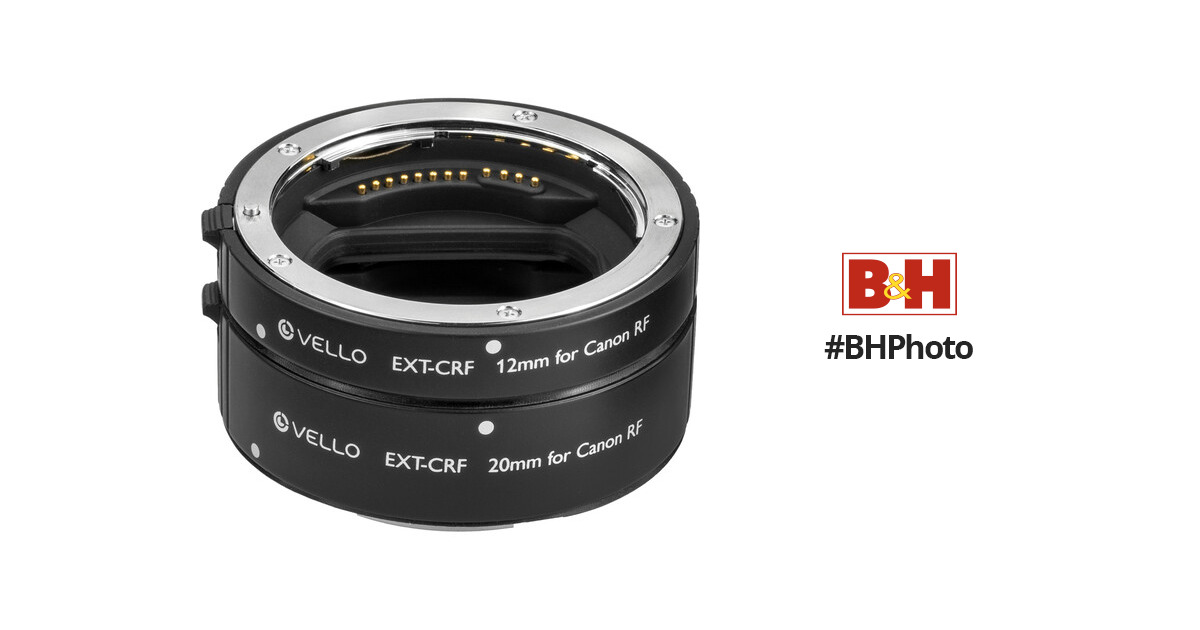You are right, I should have written ‘the last flagship Canon DSLR’.That is not what they said.
What they said was in Japanese anyway and people are quoting from Google Translate.
It was more in the lines, despite being a DSLR the 1DX III is still the flagship.
The next flagship will not be a DSLR.
I do not think Canon will make another DSLR but they never officially stated it.
Last edited:
Upvote
0

